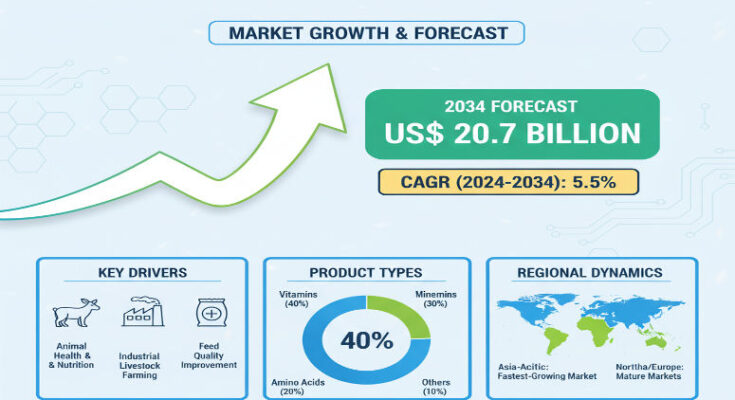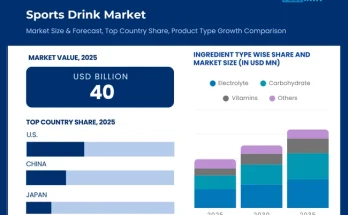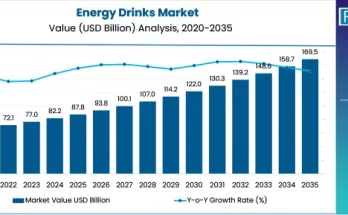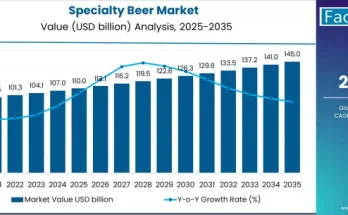In 2024, the global feed premix market was valued at approximately US$ 12.1 billion. Looking ahead, the market is expected to grow at a compound annual growth rate (CAGR) of about 5.5% between 2024 and 2034, reaching close to US$ 20.7 billion by the end of that period. These figures reflect increasing feed adoption, rising awareness of balanced nutrition, and intensified regulatory standards for animal feed quality.
Alternative market estimations suggest somewhat larger size and faster growth in some geographies, particularly Asia-Pacific, where demand is surging due to expanding livestock production. Some forecasts expect global value to surpass US$ 30 billion by the early 2030s under more aggressive adoption scenarios.
Key Drivers of Demand & Market Growth
Several trends are elevating feed premixes from basic additives to strategic components in animal nutrition:
-
Increasing global demand for animal protein—meat, dairy, eggs—is pushing producers to maximize feed efficiency, growth rates, and animal health through premium premixes.
-
Rising restrictions or bans on antibiotic growth promoters in many regions are boosting demand for alternative functional premixes (e.g., vitamins, minerals, probiotics, phytogenics).
-
Greater awareness among consumers and regulators about food safety, traceability, and animal welfare is pressuring feed producers to use high-quality, standardized premix formulations.
-
Technological innovation in premix production—such as micro-encapsulation for better stability, tailored blends for specific livestock or regional conditions—is helping premiumize offerings.
Regional Insights: United States & Europe
United States:
The U.S. feed premix market is large, mature, and evolving. Livestock producers in poultry, swine, and dairy sectors are pushing toward precision nutrition, selecting premixes that enhance performance, immunity, and efficiency. Regulatory oversight on feed additives and safety plays a strong role in shaping formulation choices. Expected CAGR in the U.S. is steady, though less dramatic than in some developing regions, as markets are mature and much of the base demand is already met.
Europe:
European markets are disciplined, with high regulatory requirements, strong focus on animal welfare, traceability, and reduction of antibiotic use. Demand for specialized, non-antibiotic premixes, organic or clean-label variants, and blends tailored for sustainability is growing. Growth rates are moderate but reliable. Producers in Germany, France, the Netherlands, and the UK are among the lead adopters of more stringent feed standards and environmental certifications, which increases costs but also value perception.
Market Segmentation & Product Trends
-
By Product Type: Vitamins, minerals, amino acids, antioxidants, and blends lead. In many markets, the minerals segment accounts for a large share (≈ 25-30%) of market value. Antibiotics are being de-emphasized in favor of functional and preventive health additives.
-
By Form: Dry (powder) premixes continue to be the dominant form due to ease of handling, transport, shelf life, and cost. Liquid premixes are growing, especially in regions or livestock systems where feed mixing infrastructure supports their use.
-
By Livestock Type: Poultry is the largest end-user of feed premixes globally, thanks to high demand for efficient growth, feed conversion, and large-scale production. Swine and dairy follow closely, with increasing use in ruminants and aquaculture in certain growth regions.
Opportunities & Innovation Areas
Growth in the feed premix market is not just in volume—it’s in value. Areas of opportunity include:
-
Antibiotic-free and natural additive premixes, including probiotics, prebiotics, phytogenic compounds, enzymes, and antioxidants.
-
Custom nutritional blends tailored to regional feed raw materials, local livestock breeds, climate stresses, and disease pressures.
-
Traceability and quality assurance, such as certified raw materials, clean processing, minimal contaminants—these are increasingly market differentiators, especially in premium export-oriented animal product supply chains.
-
Technology integration, from digital feed formulation, data monitoring of animal performance, to supply chain transparency—these improvements help reduce waste, improve efficiency, and meet regulatory or consumer expectations.
Challenges & Restraints
The path ahead has obstacles. Key challenges include:
-
Raw material price volatility (vitamins, minerals, amino acids) can squeeze margins, especially in regions where feed mills operate with tight costs.
-
Regulatory complexity, especially in Europe and increasingly in many countries, demanding safety, additive approvals, and restrictions on antibiotic use.
-
Infrastructure and logistics for distribution, especially in rural or remote livestock areas, can increase cost, affect stability and quality of premixes.
-
Competition and commoditization, particularly for basic vitamin/mineral blends, which puts pressure on premium blends to justify higher price.
Browse Full Report: https://www.factmr.com/report/feed-premix-market
Strategic Outlook & Editorial Commentary
From an editorial perspective, the future of the Feed Premix Market will likely be shaped along two axes: efficiency & differentiation. Efficiency through innovation in production, logistics, formulation; differentiation through additive type, quality, traceability, and animal-health performance.
Asia-Pacific will likely lead growth in absolute value, driven by poultry and swine expansion, population growth, rising meat consumption, and regulatory tightening. Meanwhile, U.S. and European markets will continue to lead in setting norms—in safety, sustainability, non-antibiotic nutrition, and premium feed ingredients.
Manufacturers and investors who prioritize product innovation (especially functional premixes), supply chain reliability, regulatory compliance, and branding tied to sustainability will be best positioned. Feed premixes may seem like hidden components behind every livestock product—but their role is foundational, and those who master the nuances of this market will reap both economic and reputational rewards.



